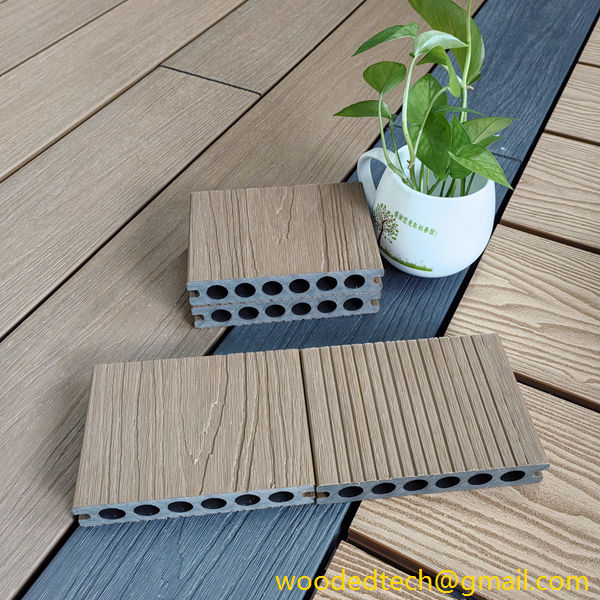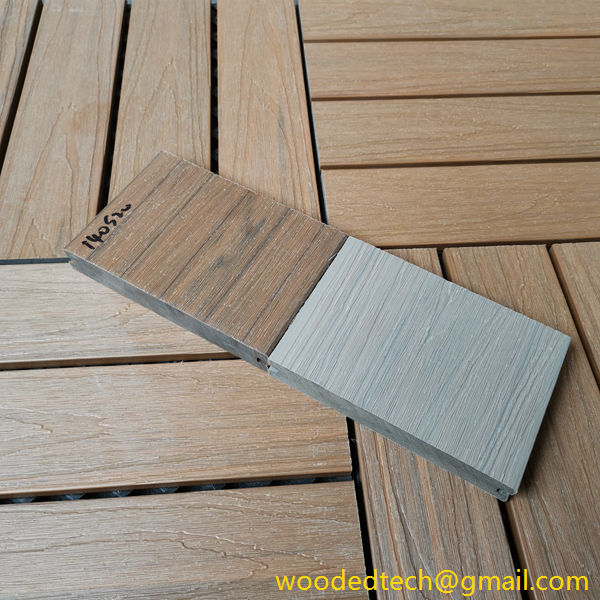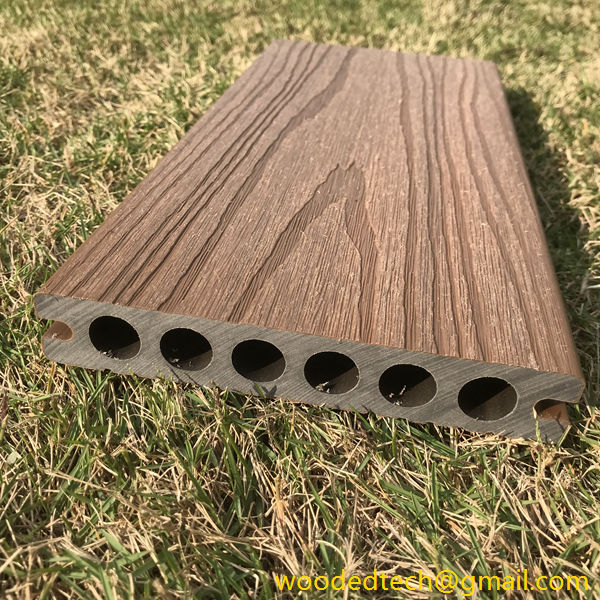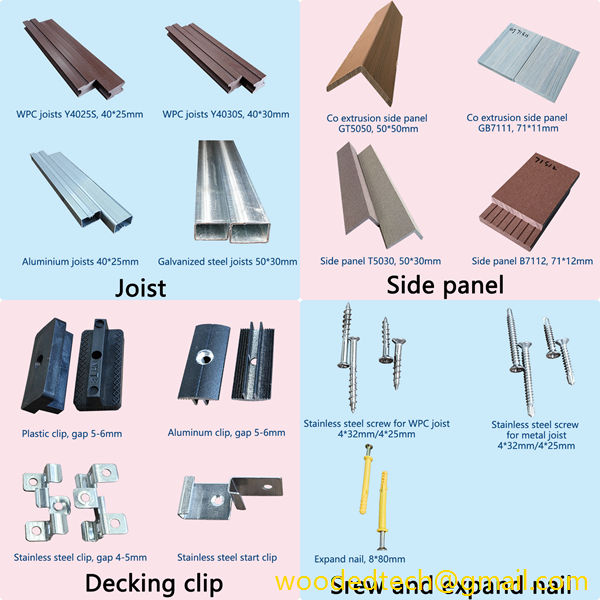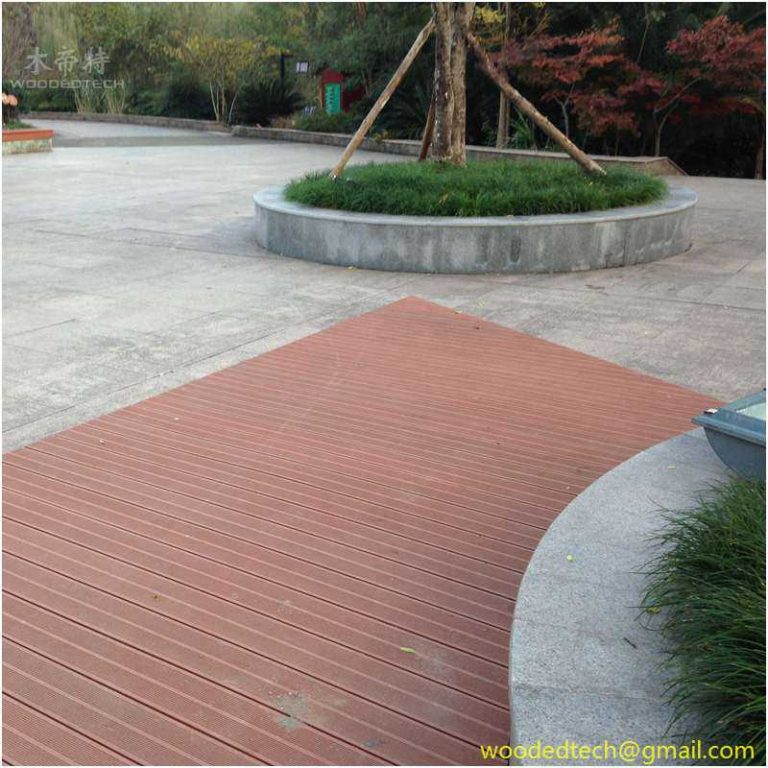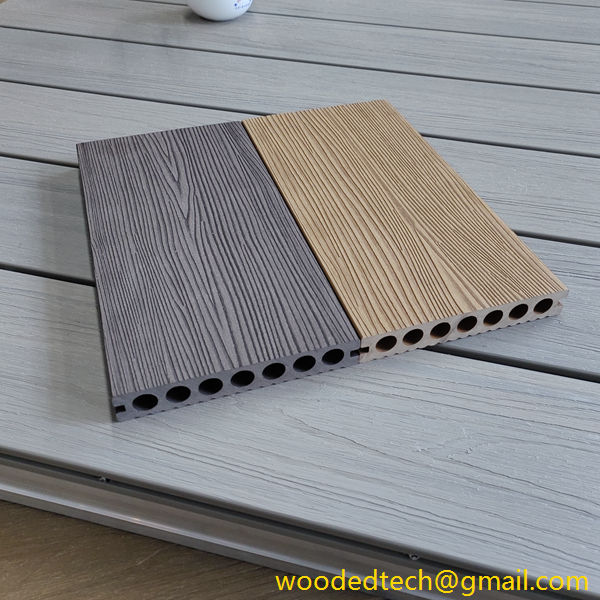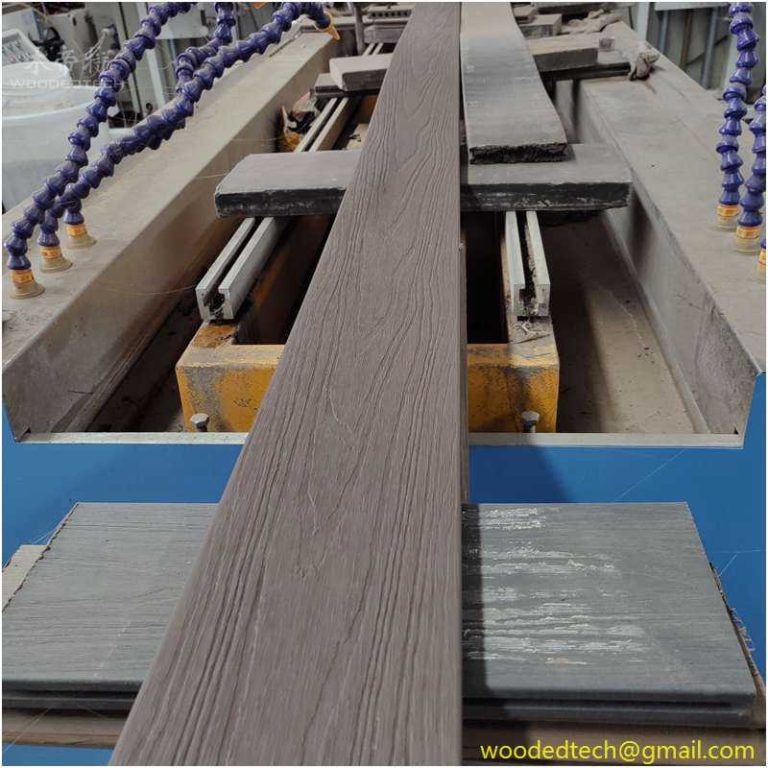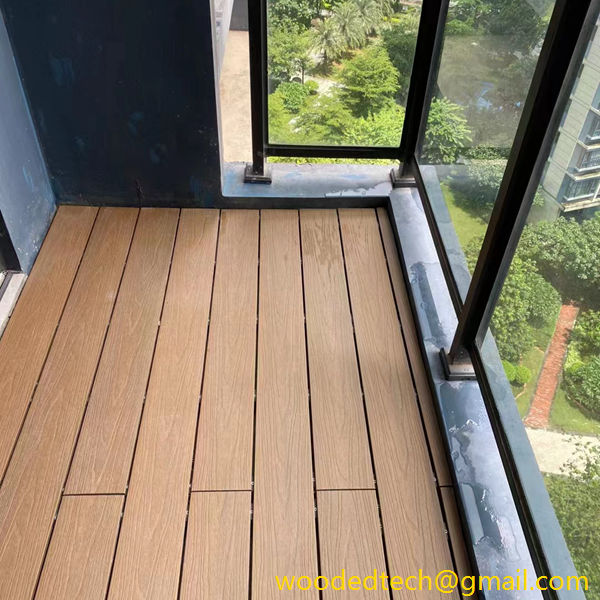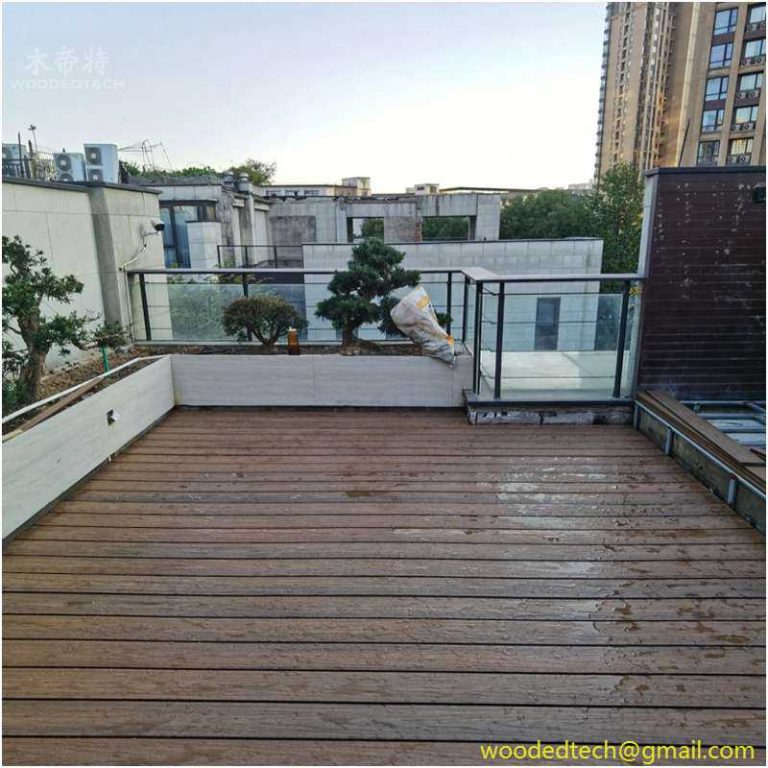What Is a Composite Decking and Why It Is a Preferred Choice for Eco-Friendly Outdoor Spaces
What Is a Composite Decking and Why It Is a Preferred Choice for Eco-Friendly Outdoor Spaces Composite decking is a modern building material that has gained immense popularity in recent years, especially for outdoor spaces such as patios, decks, and porches. It is composed of a blend of wood fibers and recycled plastic, which gives…
What Is a Composite Decking and Why It Is a Preferred Choice for Eco-Friendly Outdoor Spaces
Composite decking is a modern building material that has gained immense popularity in recent years, especially for outdoor spaces such as patios, decks, and porches. It is composed of a blend of wood fibers and recycled plastic, which gives it a unique combination of durability, aesthetics, and sustainability. The growing preference for composite decking can be attributed to its numerous advantages over traditional wood decking, particularly in terms of performance, maintenance, and environmental impact.
One of the primary reasons composite decking is favored for eco-friendly outdoor spaces is its sustainable composition. By utilizing recycled materials, such as reclaimed wood and plastic, composite decking reduces the demand for virgin timber and helps minimize waste in landfills. This aspect of composite decking makes it an environmentally responsible choice for homeowners and builders who are conscious of their ecological footprint. Additionally, the manufacturing process for composite materials tends to use less energy compared to the production of traditional wood products, further enhancing its environmental credentials.
In terms of performance, composite decking exhibits superior qualities that make it ideal for outdoor use. Unlike traditional wood, which is prone to warping, splintering, and rotting, composite decking is engineered to withstand the elements. It is resistant to moisture, insects, and UV damage, which means it will maintain its structural integrity and aesthetic appeal over time. This durability translates to a longer lifespan, often exceeding that of conventional wood decking, which requires frequent replacement and repairs.
Another significant advantage of composite decking is its low maintenance requirements. Homeowners often find themselves spending considerable time and money on the upkeep of wood decking, which typically involves regular sealing, staining, and sanding to prevent degradation. In contrast, composite decking requires minimal maintenance. An occasional wash with soap and water is generally sufficient to keep it looking pristine. This ease of maintenance not only saves time and effort but also reduces the need for harsh chemicals that are often used in the upkeep of traditional wood decks.
Aesthetic versatility is another reason why composite decking has become a preferred choice for outdoor spaces. It is available in a wide range of colors, textures, and finishes, allowing homeowners to select a style that complements their landscape and architectural design. Whether one prefers the look of natural wood or a more modern aesthetic, composite decking can meet these preferences while providing the added benefits of durability and sustainability. This versatility makes it suitable for various applications, from residential patios to commercial boardwalks.
Furthermore, composite decking is designed with safety in mind. Many brands incorporate features such as slip-resistant surfaces, which can be particularly important in wet or poolside areas. This attention to safety adds an extra layer of reassurance for families and individuals who want to enjoy their outdoor spaces without the worry of accidents.
In addition to its practical advantages, composite decking also aligns with a broader trend towards sustainable living. As more people seek to create eco-friendly outdoor spaces, the demand for materials that support this lifestyle continues to grow. Composite decking not only meets this demand but also contributes to the overall aesthetic and functionality of outdoor environments. By choosing composite materials, homeowners can create beautiful, inviting spaces that reflect their values and commitment to sustainability.
Moreover, the production of composite decking often adheres to strict environmental standards. Many manufacturers are committed to sustainable forestry practices and ensure that their products are produced with minimal environmental impact. This commitment to sustainability is further supported by certifications and ratings from organizations that monitor eco-friendly practices. Homeowners can feel confident knowing that their choice in decking material supports responsible manufacturing processes and contributes to a healthier planet.
As society becomes increasingly aware of the environmental challenges we face, the shift towards sustainable materials like composite decking is likely to continue. This trend is not just a passing fad; it represents a fundamental change in how we approach building and landscaping in our outdoor spaces. By integrating eco-friendly materials into their designs, homeowners can create spaces that are not only functional and beautiful but also environmentally responsible.
In conclusion, composite decking stands out as a preferred choice for eco-friendly outdoor spaces for several compelling reasons. Its sustainable composition, exceptional performance, low maintenance requirements, aesthetic versatility, and safety features make it an attractive alternative to traditional wood decking. As awareness of environmental issues grows, the demand for materials that support sustainable living will continue to rise. By selecting composite decking, homeowners can enjoy the beauty and functionality of their outdoor spaces while making a positive impact on the environment. Ultimately, composite decking embodies the principles of modern building practices, combining the best of durability, design, and sustainability in one remarkable product.

